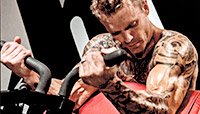You wouldn't think the sport of baseball would have much to offer lifters except for a host of shared injuries and a few terms we have in common—singles, doubles, triples. But if you look inside the on-deck circle, you'll discover a technique batters have been using for decades to help them step into the box bristling with power. It can help you do the same.
The secret lies in a simple piece of equipment with the decidedly unfit name of "the doughnut." The on-deck batter practices his swings with this piece of iron on the barrel, and just a few cuts with the extra weight makes the bat feel lighter, giving the hitter extra power when he's at the plate.
How does this work? The weighted doughnut has increased the stimulation of his nervous system by "tricking" it, calling into action more muscle fibers than it would normally recruit. It's like muscular hypnosis, and it might be the key to your next PR.
STRONGER BY ACCIDENT
I stumbled upon this concept in the gym quite by accident. A few years back, a college-aged lifter would occasionally impugn that I wasn't as strong as I looked. My standard response was, "Hey, when you're in your 40s, it's not always about pushing as much as weight as possible." But the comment still smarted, of course.
One day I was training legs with said lifter on side-by-side leg presses, and I added an extra plate or two on each side beyond my normal load, so that my weight stacked up more favorably with his. (Incidentally, this particular guy earned IFBB pro status a few years later). I figured that, at worst, I could crank out at least 5-6 reps.
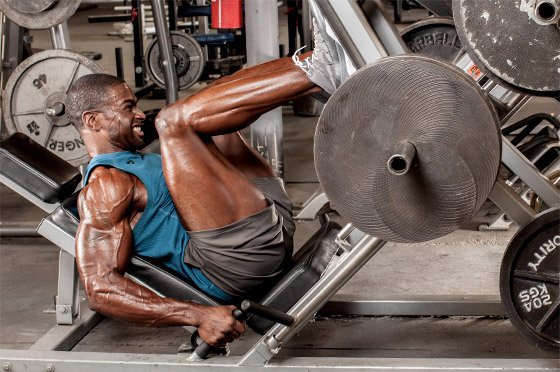
Boy, was I mistaken. My thighs trembled as I lowered the sled, and I was barely able to press it back up for a couple reps. "Big mistake," I thought. "Let's strip those plates off and get back to my regularly scheduled workout."
To my surprise, my next set felt far easier than normal. I pushed a few extra reps over my PR, and that alone gave me the satisfaction of knowing I could stand my ground with this budding pro.
At the time, I worked at "Muscle & Fitness" magazine in Los Angeles, so I was eager to share my story with our science editor. Sure enough, there was already a training theory to explain exactly what I had done. Here's how to make it work for you.
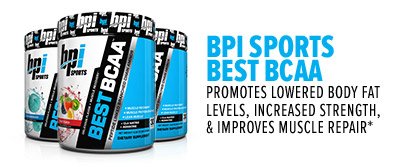


GO BIG, THEN STEP BACK
Exercise scientists call what I experienced "post-activation potentiation." Basically, when you lift an unusually heavy weight, you induce a high degree of central nervous system excitation. High-threshold motor units are recruited and ready to fire as your body anticipates another heavy set. Then, when you suddenly drop the weight, it feels lighter than it normally would.
Recruiting a greater number of motor units enables you to enhance force production. When following this method, it's estimated that you can lift about 10 percent more weight than normal, or do 10 percent more reps with the lighter weight.
Here are some general guidelines to follow when trying max-out training:
-
Choose your tools wisely. Stick to multijoint exercises, since they will engage the greatest amount of muscle mass and allow you to train with the heaviest weights. Barbells are better than dumbbells for maxing out, since dumbbells are typically a little more difficult to control.
Overhead exercises and complicated movements are poor choices as well. Machines are especially useful when trying this technique for the first time.
Get warm. Do as many warm-ups as you need, but don't take any of your warm-up sets to muscle failure.
-
Go heavy, but not too heavy. Your max-out weight shouldn't be your one-rep max (1RM), because you don't want to take this set to muscle failure. Choose a weight that's roughly equivalent to your 3RM, but do just 1-2 reps.
-
Use good form. Using too much body English robs the target muscle of the intended stress, and puts that stress on joints instead. Use a spotter to ensure you complete your reps with good form. Though you may be able to do more reps than this, don't.
Rest up. After the set, take a lengthy rest of up to 3 minutes to ensure full recovery.
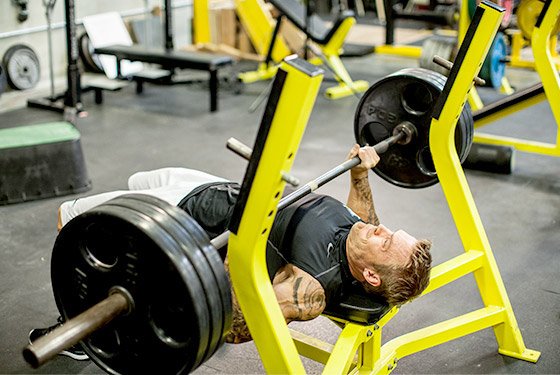
After you've done all that, reduce the resistance by about 10 percent. The weight should now feel considerably lighter, and more closely match a working weight that you can complete for reps. Do as many reps as you can, then repeat the heavy-light sequence up to three times with this movement, ensuring you're fully recovered after each heavy set.
Complete the remaining exercises for the body part you're training, but only the first exercise should follow the max-out protocol.
LIKE MAGIC—ALMOST
Abraham Lincoln hit it on the head when he (not so) famously (or actually) said, "You can fool all of the muscles some of the time, but not all of the muscles all of the time." In other words, don't expect this technique to work forever.
Stick with the max-out method for no more than about six weeks before switching to a new technique. You can come back to the max-out method to target a lagging body part, or you can use it occasionally as a shock technique.
That said, few training techniques can allow you to see marked improvement right off the bat, so it's understandable if you want to bask in your newfound studliness for a minute or two. This feeling is what it's all about!
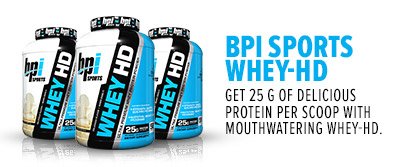


Recommended For You
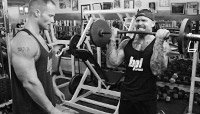
Blast Your Back And Biceps!
Here's the back workout you've been missing. Its efficacy comes from your dedication to making each rep count. Do it right, and you'll reap serious results!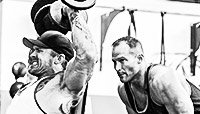
Throwback Shoulders Workout With James Grage And Whitney Reid
This shoulder workout is a throwback to the good old days. There are no fancy machines or complex equipment in this routine—just barbells, dumbbells, and your own dedicated focus and effort.